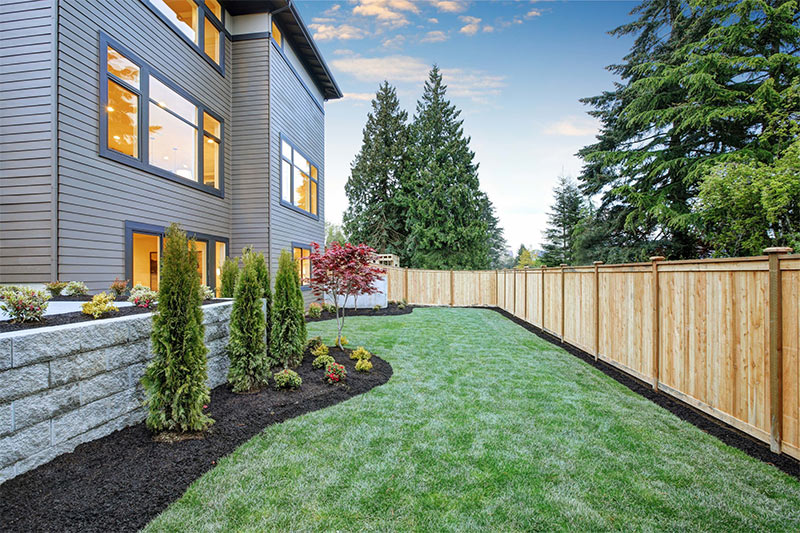
Progressing from renting an apartment to being able to afford a home is a significant milestone in every young adult’s life. That’s why you should strive to look for the ideal factors that can suit your needs both for now and for your future goals when shopping for your home.
One major aspect of a home is its yard with its potential to become a space where you can unwind and where you can run around with your current or future kids. You can find valuable insight on online resources such as https://www.bestrealestatedirectory.com/ on which locations are ideal for your lifestyle.
Here are some factors to consider when buying a house with a yard:
1. Trees
Trees are a lovely touch to your future home’s aesthetic. However, you should take note of the trees’ state or condition and health. A diseased tree poses a health hazard to residents and its maintenance can also be costly. Also, you risk damaging your home and other furniture in the surroundings when the branches ultimately fall from the tree. These are some of the things you ought to look out for:
- Cracks and holes in the trunk or limbs
- Bare patches
- Wilting
- Fungus growth
- Insect presence
- Abnormal leaf color, shape, and size
- Oozing sap
Make sure that the trees in the yard are healthy or well-maintained.
2. Drainage
Drainage is a vital component of a home. A good system directs water from the inside of your home to the outside while preventing any liquid from coming in from the yard. Poor drainage will cause water to seep into your basement and wreak havoc there. Repairs can be expensive, so it’s best to check this part of your home especially if you’re planning on purchasing one with a yard.
Some tips you can do to assess if a home has a high risk of drainage-related problems:
Walk around the house
Check the perimeter to see if the land or cement next to the foundation slopes away from the structure. If it does, the water will gravitate outside your home. If it doesn’t, then you’ll be having issues with wet crawl spaces and toxic mold.
Inspect the rain gutter downspouts
Examine the gutter and its downspouts if they drain directly to the ground. There should also be no low spot for the water to pool next to the house.
Check for cracks
Look for signs of damage in the exterior walls and foundation. There may be settling issues if a quarter can fit into the cracks. This means that the gutters and downspouts weren’t able to carry water far away from the foundation.
Ask to see the drainage plan
Drainage issues are a big hassle to homeowners. Request for a copy of the drainage plan and have an independent engineer look at how it was built. Moreover, it’s recommended to visit the site during a torrential downpour since you can observe where and how the water flows.
3. Hardscaping
Hardscaping pertains to man-made features in your yard such as patios, walkways, and driveways. These are integral parts of a beautiful garden and can add value to your home. However, underneath the beautiful exterior, there may be problems such as cracks or missing pavers that can cost money to repair. That’s why you should inspect the quality of the landscaping architecture in a potential home.
Here’s how to identify if your pavers were installed poorly:
- Puddling – Low spots in your walkways means that either there are missing pavers or the base was not built correctly.
- Weak Edges – The borders of paved areas should be aligned. If they’re not, then edge restraints weren’t installed.
- Uneven Steps – Pavers can become unbalanced when the base is not deep enough. It may also be caused by too much sand.
4. Soil
If you’re planning on buying a house with a yard because you want to plant flowers and vegetables in your garden, you need to identify the type of soil a particular property has and assess if it is fertile enough to nurture your plants.
The two soil-testing methods are:
- DIY Kits – It contains a basic pH test to gauge your soil’s acid and alkaline levels.
- Soil Laboratories – You can send a sample of your land to soil laboratories that can analyze its nutrient content and inform you problems that you may encounter.
Conclusion
When house shopping, it’s best to be diligent in checking every nook and cranny in a potential home. You don’t want to buy a property only to end up regretting the purchase because of an obvious problem that you didn’t inspect beforehand. A home is a substantial investment, so you need to make sure that you get your hard-earned money’s worth.

